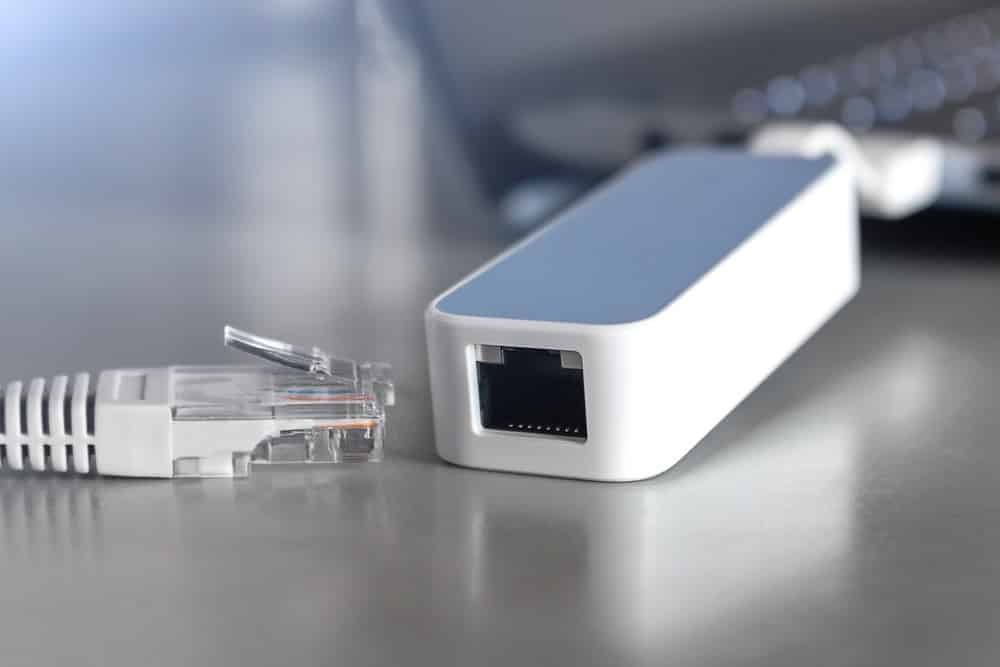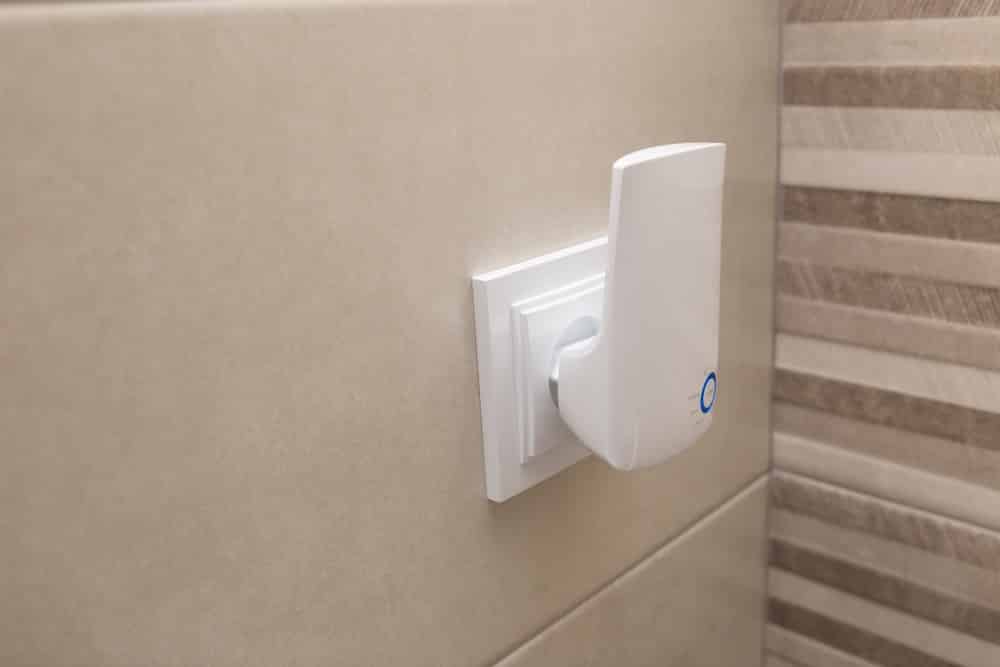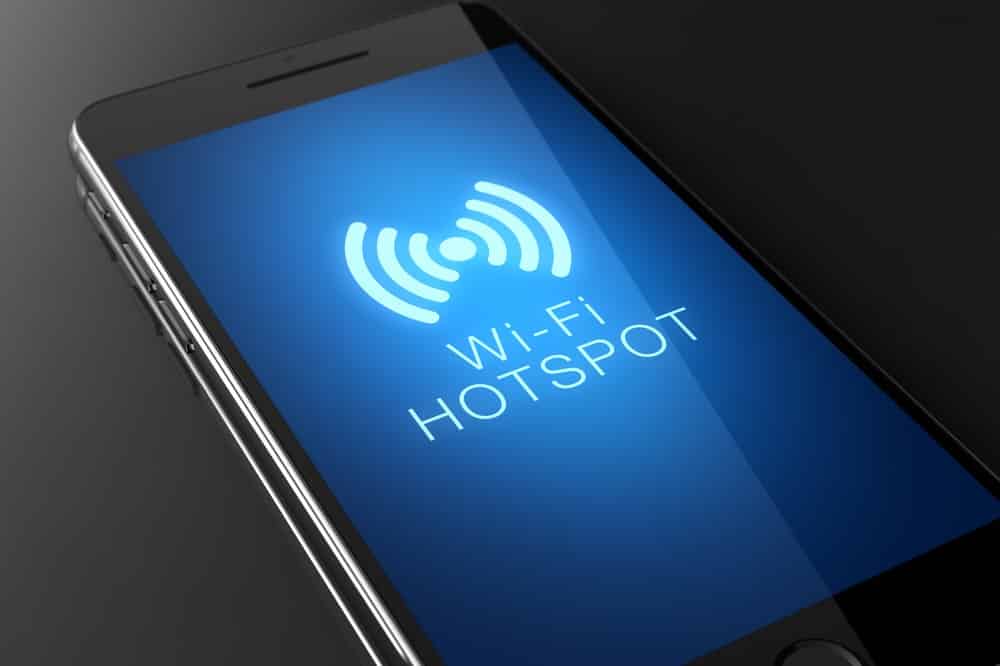
High-speed internet connections are the lifeblood of modern society. Most of us conduct all of our business dealings online.
We buy and sell stock online. Many of us do our banking online. Our children receive a large volume of their education with the assistance of the web. It goes far beyond the need for simple entertainment.
But, what if your house isn’t equipped with the right hardware and fittings to give you the signal you need? Is there a way around it?
In some countries, as well as in older builds, it can be relatively uncommon to have an Ethernet port. However, there is a common misconception that you cannot have a decent internet connection if this is the case. Sure, this was a fact many years ago, but a lot has changed in recent years.
Technological advancements in the field have allowed us to effectively sidestep this problem as if it was nothing. And, the best bit is that it is really easy to do if you know how! This brings us to the point of this article.
We have trawled the Internet and combined our personal experiences in dealing with this issue in order to show you how it’s done.
No Ethernet Port In House
Okay, so first things first – getting high-speed Internet in your home is, in fact, much easier if you do have an Ethernet port.
However, the costs of retrofitting this into your home decades after the house has been built can be pretty steep.
So, if you happen to have loads of money lying around, great, go for that option. If not, here is a quick list of tips to help you do it at a fraction of the cost.
Before we begin, none of these tips require you to be an absolute tech expert. Simply follow the tips as best as you can, and you should be up and running in no time at all. With that, let’s begin!
1. Use a USB to Ethernet Adapter
Before we get started on this one, it is important to note that it will only work for a few of you.
So, those of you who don’t have an Ethernet port in your house but do have a wired Ethernet connection available to you, this is your time to shine.
There are adapters out there that can solve the problem for you, and they happen to be really cheap:
- What you are going to need is either a gigabit adapter or a USB 3.1 or USB 3.0 adapter.
- Once you have got one of these, all you need to do is plug the adapter into one of the free USB ports on your desktop or laptop.
Okay, so maybe it isn’t as easy as just that. There are a couple of things to check for before doing this:
- Before you connect everything up, make sure that you are using Cat5E or Cat6 cables.
If this option is available to you, it is a great one. These adapters are notorious for being able to provide the user with super-fast Internet almost instantly.
What’s even better is that they can also enable you to transfer huge amounts of data and large files without there being any detrimental effects to the signal strength or quality.
Essentially, this is the go-to option for those who work from home and demand a reliable connection.
The strong suit of these adapters is that they allow the user to set them up whenever they see fit. In addition, these adapters are by no means bulky. They are compact and portable and can easily be relocated and plugged back in as you see fit.
All you need is a wired Ethernet infrastructure to accommodate them. If you are considering buying one of these, we would recommend shopping at the higher end of the market, wherein products are more reliable and generally come with generous warranties.
But, if this option isn’t available to you, don’t worry too much. We still have a few excellent options to go through.
2. Using an Internet Over Power Adapters
If you have found yourself in a situation where there is no Ethernet port in the room you need it to be in, here is a great option for you.
All you need is an internet-over-power adapter.
Though these devices can at first seem needlessly complex and a little unorthodox, they can also be the key to unlocking excellent internet speeds in your home.
- All you need to do is connect one of them to your router using an Ethernet cable and then plug it in.
- Then, plug another one into the power supply in the room that you want to receive excellent Internet in.
- Then, you connect whatever device you need to that adapter.
All in all, this is an excellent solution, despite its unconventional appearance.
As far as performance goes, you should notice that you will be able to maintain an internet speed of around 300Mbps if your provider states that they are providing 400Mbps to 550Mbps.
3. Use Range Extenders
Next up, if you find your Internet lacking in certain parts of the home, this is the solution for you.
Range extenders have been around for a while now, and even people without serious connectivity issues have turned to them to improve their service.
These devices actively support your router by extending your signal’s reach. So, parts of the house that could no longer receive a good connection will now have a solid supply.
In addition, these are also great for when your network is getting frequently overwhelmed.
4. Switch over to Data
This solution is for those who may be living very rurally but who also have a reasonably good connection to their smartphone.
No Ethernet port whatsoever in your home? Not a problem!
These days, running your home internet from your cell data has become pretty affordable.
As competition has pushed prices down, there are several providers out there that are supplying more data than the average person could ever get through for low prices. All you need to do is shop around a bit:
- Make sure that every supplier that you are considering has a strong signal in your area.
- Then, compare the prices against their competitors.
- After that, you can simply hot-spot your desktop or laptop from your phone and enjoy a reliable and reasonably quick internet connection.
Yes, admittedly, this isn’t the ideal setup. But, when there are no other options available to you, you can still possibly receive a strong enough signal to work from home this way.




If you have coax, you can use MoCA